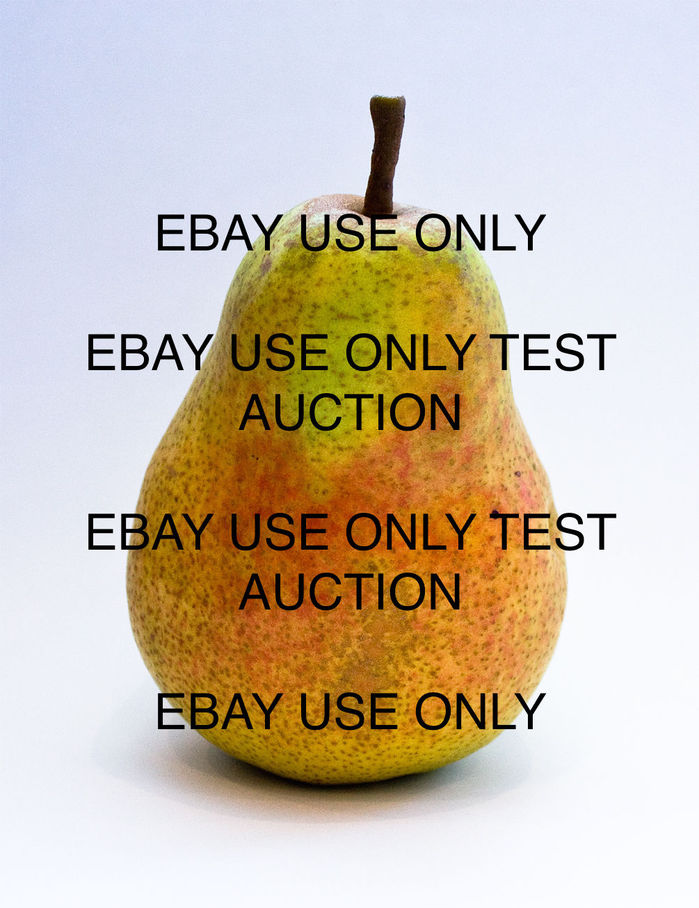
When I asked a recent buyer of some eBay Test Listings prints how he’d found them, he explained he had been searching for some items to boost his feedback ratings. I marveled how, within their own context, these dollar photos functioned just like more expensive transferring social capital to their collectors.
[It also made me wonder about monetizing this mediated reputational currency; maybe each cash-flow-negative transaction should be viewed through a customer acquisition cost lens, and the whole project reconceptualized as a startup. Old habits die hard.]
This unanticipated parallel to IRL art practice was fresh in my mind when I read Mike Pepi’s review of the situation of Surround Audience, the New Museum’s current triennial exhibition. Pepi argues that the solipsistic, theory- and commodity-driven artmaking context, and the exhibition form itself, are as poorly suited to presenting ideas and discourse as the single-voiced descriptive magazine review is at interpreting them.
Something like the Triennial deserves to be interpreted using methods that at first might contradict the delivery vessel of the exhibition.
What future are we creating when we double down on the hollow notion of singular judgment spreading forth, unidirectional and divorced from the connections now forged by a pervasive exchange of information? Our critical tools are just as responsible for art’s caboosed condition.
Then I read David Salle talking to Michael H. Miller about the current art world’s numbers games:
And now we’re in a situation of measuring the success of something by the audience size. Which is for me, personally, the beginning of the end, because that was always the thing that set art apart from other areas of culture, there was no equation between quality and audience size.
And quantification and the interpretive value of data and its manipulation, and, as I think about the takeaways from these eBay Test Listings–and the point, frankly–it suddenly occurs to me that I’ve overlooked one crucial aspect of the project: the feedback. Which constitutes a very medium-specific form of review for the images, the objects, the project, the experience.
So I’ve collected it here:
Fantastic. Thanks.
Stunning. Thanks.
Perfect. Thanks,
— carbonbl
Exciting to look at. Beautifully printed.
My favorites so far, I think.
Gorgeous. Pretty darn smart.
— fzglass
Great seller! Fast shipping on signed photos from my favorite art blogger!
Great seller! Fast shipping on signed photos from my favorite art blogger!
— crashy88
A+
— andrtestbuyerde
Accurate description and prompt delivery. Great vendor.
— stottleplex
++++++++++++++++
— bolex16
110% happy. Thanks so much!
I’m extremely happy. Thanks so much!
— touchtone7
it’s real
— treechew2
Great seller! Amazing tiny drawing, fast shipping w/tracking: art!
Great seller! Conceptual art, reasonably priced, fast ship w/tracking,and ducks!
Great seller! Reasonably priced art, fast ship w/tracking, and many ducklings!
— crashy88 again
This adaptation of eBay’s trustbuilding mechanism as a place of critical expression reminds me a bit of Brian Droitcour’s gallery and museum reviews on Yelp, or the entirely Instagram-based art/whatever sales outfits Babak Radboy learns about in Kuwait. The constraints and character of the platform influence the form of the product. For example, only buyers can leave feedback on eBay, and then only on the items they buy. The implications of porting such a system to the IRL art world are at first amusing to consider, but really, it’d just mean more reviews from Kenny Schachter or Adam Lindemann and less from everyone else. So it’s a tradeoff.
